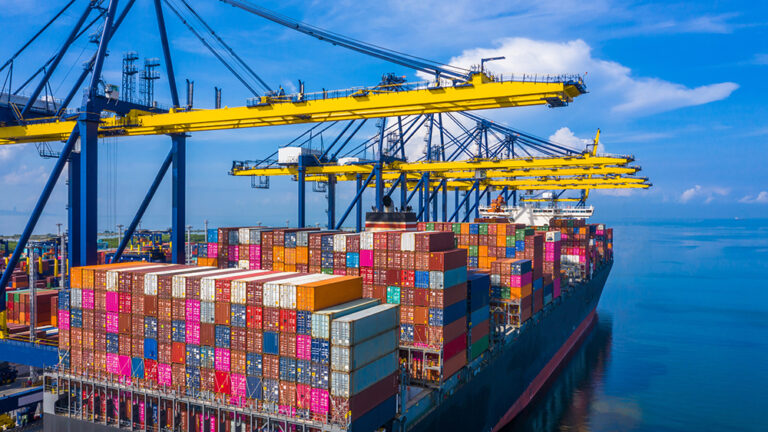In his excellent 2020 book Outside the Box, Marc Levinson describes how container shipping has ‘supercharged international commerce’ over the past 60 years. Since published, we have seen the dark side of containerising much of global freight in large steel boxes.
Until recently, we have taken it for granted that there will always be enough container capacity to accommodate the growth in international trade. Studies of supply chain vulnerability list numerous risk factors, but seldom mention the possibility of a worldwide shortage of containers. Admittedly, there was a very low probability of a global pandemic, a blockage to the Suez Canal and Covid-related paralysis of several hub ports, most notably Yantian, coinciding with a surge in consumer demand for manufactured goods.
During 2020, many more containers were scrapped than produced, cutting the global pool of boxes by 2.5%. The current crisis, though, is due mainly to containers circulating much more slowly than normal. With many of the world’s hub ports seriously congested, the container rotation rate has sharply declined. On the trans-Pacific trade lane, for example, the cycle time has increased from around 65 to 100 days. ‘The limiting factor is not capacity on board ships, but rather how many containers the ports and hinterland connections can manage’, BIMCO states.
With many of the world’s hub ports seriously congested, the container rotation rate has sharply declined
Many containers are now stacked high on megaships moored offshore awaiting a berth. According to World Bank analysis, the container-carrying capacity of stationary vessels increased tenfold between June 2019 and June 2021. In September there were more than 70 container ships queuing to enter the Los Angeles/Long Beach port complex, which handles around 40% of US containerised imports. In October the waiting times at Felixstowe – which handles 36% of UK container traffic – were so long that Maersk diverted some vessels to Rotterdam.
Once offloaded, containers are now subject to unusually long port dwell-times, hinterland transport delays and slow turnaround times at DCs. Container logistics on the landward side of global supply chains is struggling to cope with labour shortages, particularly in the UK where the post-Brexit loss of EU workers has compounded the problem.
How do we escape from what some people are now calling ‘Containergeddon’? Clearly, as we are in the pre-Christmas peak season for container shipping, the situation is likely to worsen before it improves. The recent plea to consumers from a Maersk executive to buy less is likely to fall on deaf ears at this time of year. Perhaps a combination of empty shelves, long product wait times and the inflationary effect of exponentially rising freight rates will dampen retail demand, at least in the short term.
A longer-term solution will involve expanding port capacity, overhauling port handling systems, boosting logistics recruitment and enlarging the pool of containers. Many businesses will also be reassessing the resilience of their global supply chains and looking for ways to minimise the future risk posed to operations by the humble container.







